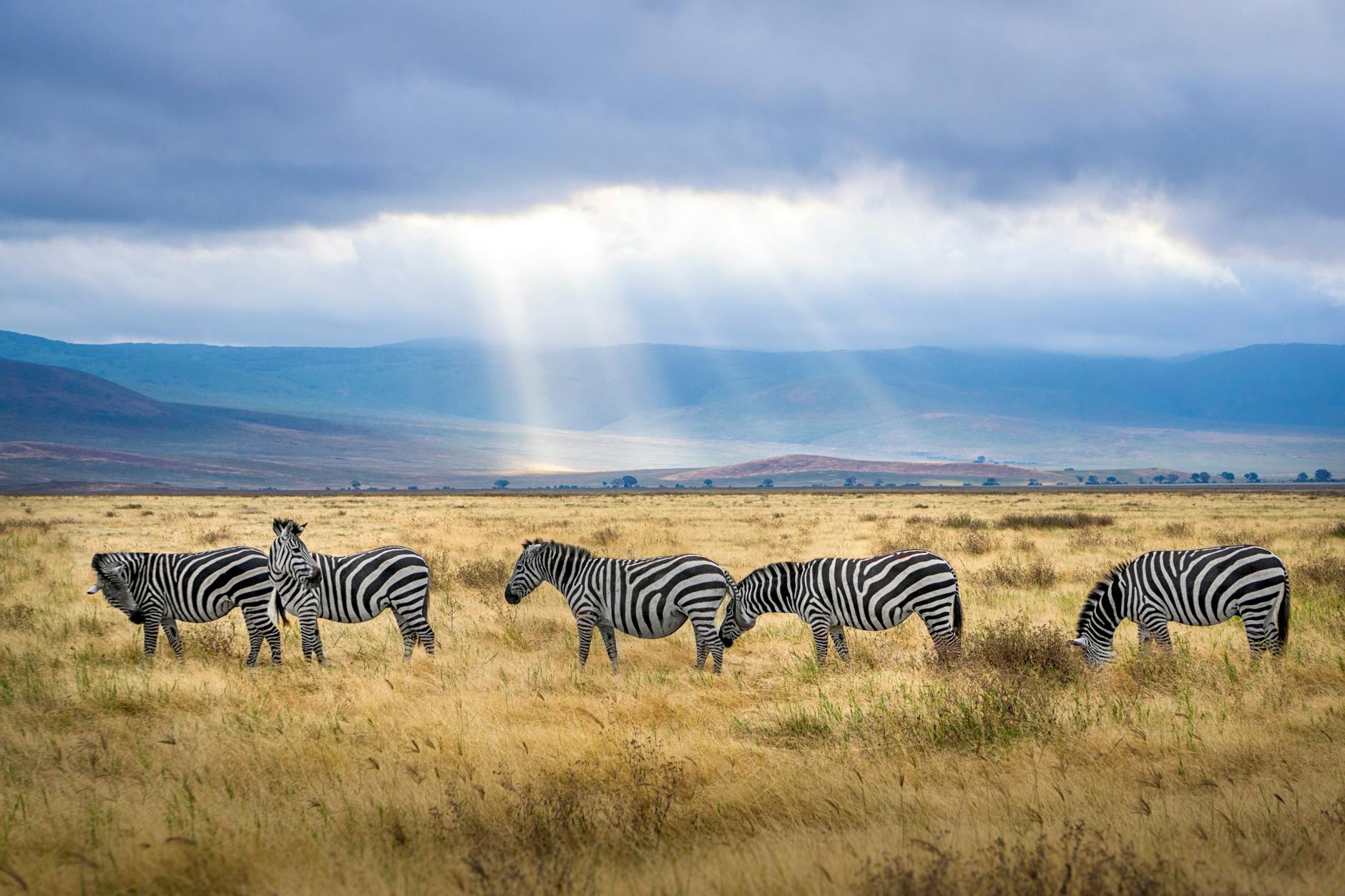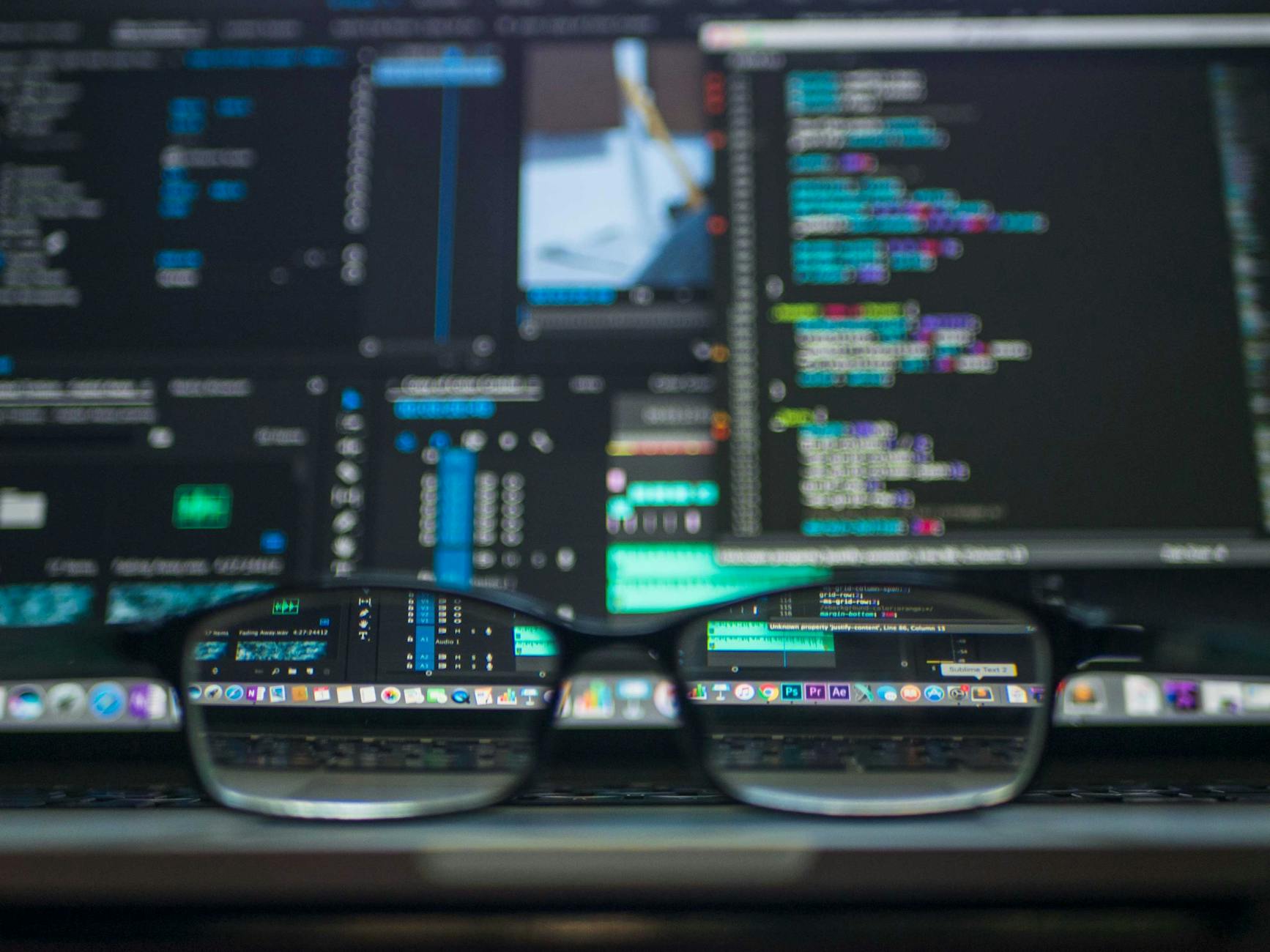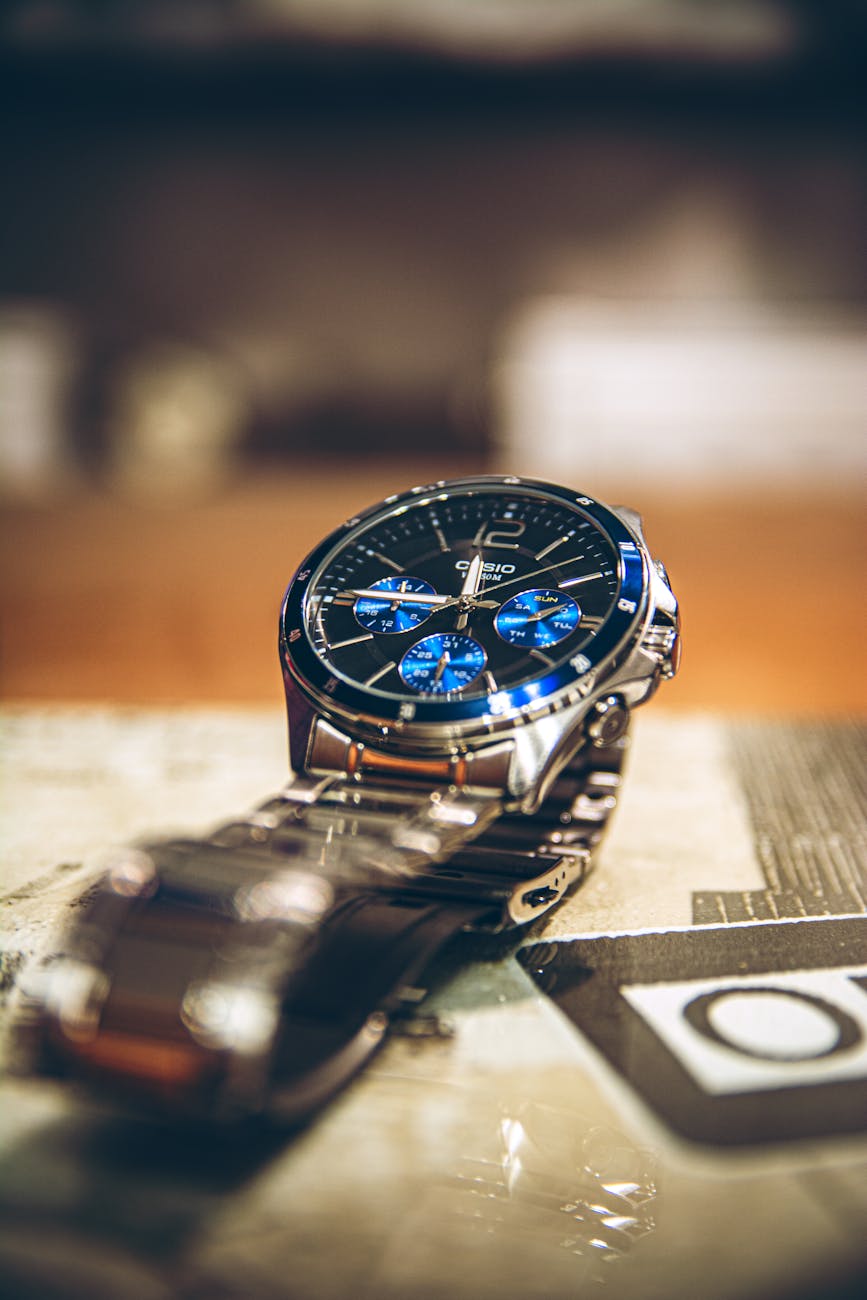Well, I finally got the DroboPro stabilized with the data recovered. Because I’ve become paranoid, I’ve also got Crashstation running nonstop (glad Comcast has suspended their 250GB/month limit) so I have an offsite backup. For good measure I’m using my old Time Capsuls (3 x 1TG of them) to get the most important data backed up. Now, I’m in the middle of rebuilding my Synology and reading up on what I need to do.
Here are some conclusions:
- While it is nice to use any old hard drive, the fact is that many consumer drives have a big issue. They don’t support TLER which essentially means that when there is a bad sector, don’t go into a retry loop, just tell the RAID controller there is a bad sector and the controller can remap it. This is important as one tiny sector is going to fail on a gigantic 3TB drive.
- Seagate Barracuda. Even with RAID 6 which allows two failures, you have a good chance of losing data if there is just two disks have a bad sector each. Wow. How ever I populated the drives with 3TB Seagate consumer drives Barracuda DM3000s but seems like slowly replacing is a good idea.
- WD Red. Most enterprise drives are $400 compared with $150-180 for consumer drives. The $150 WD Green 3TB is a good choice as is the $150 Seagate XT, but the problems are that the WD Green has no TLER and the Seagate has no TLER and only a 1 year warranty (the drives I bought have two years by Newegg promotion and adding a $8/drive warranty rider). At $180, the WD Red doesn’t look like a bad compromise call it semi-enterprise. Right now it is $210 at Amazon vs. $150 for the Green, so something more than the $180 reported. Performance-wise Anandtech says even though they are 5400 rpm, its performance is about the same as 7200 in a NAS because of other latencies. Storage Review also likes the drive for small NASes as it has good performance and the right features, certification by Synology and 3 year warranty.





